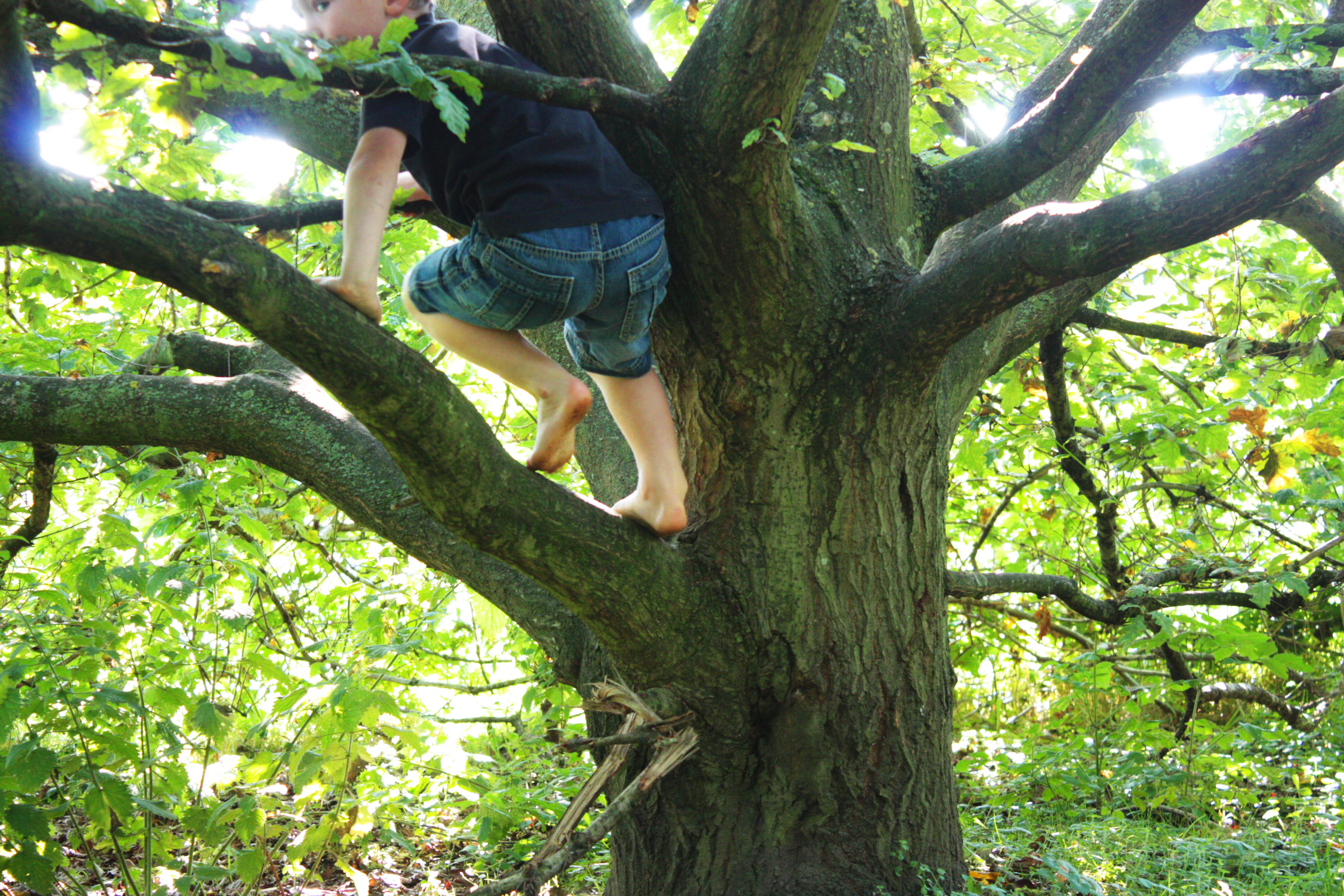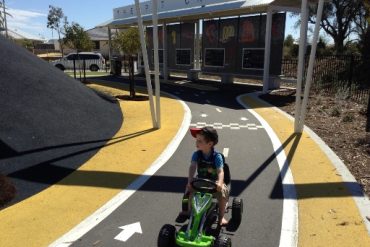Tree Climbing 101: A Family-Friendly Guide to Safe and Fun Tree Adventures
Welcome to the whimsical world of tree climbing! Ah, there’s nothing quite like the fresh scent of leaves, the gentle rustling sounds, and the thrill of ascending towards the sky. Tree climbing isn’t just for the spirited youth; it’s a fun-filled family activity that creates memories sure to last a lifetime. So, let’s embark on a foliage-filled journey and learn how to safely climb trees with the kiddos!
Step 1: Choosing the Right Tree
First things first, we’ve got to find the perfect tree. It should feel like finding a new friend – one that’s sturdy and reliable. Look for trees with strong, healthy branches and a robust trunk. It’s crucial to avoid trees with signs of disease or decay; safety is our number one priority!
- Height isn’t everything. Pick a tree that’s not too tall, so it’s within a safe scramble for the little ones.
- Ensure branches are thick enough to support your child’s weight. A good rule of thumb is about as wide as your own leg.
- Green leaves and solid bark are wonderful indicators of a healthy tree.
- Be wary of trees close to power lines or over concrete; a safe landing zone is a must!
Inspection Is Key
Invest a moment to inspect the tree before allowing anyone to climb. Assess the branches, check for pests like ants or wasps, and ensure no dangerous obstacles are in the way.
Gearing Up
Before you climb, dress appropriately. Here’s a checklist of gear to ensure comfort and protection:
- Sturdy, closed-toe shoes with good grip
- Comfortable clothing that allows free movement (avoid anything too loose)
- Hats and sunscreen for those sunny day adventures
- Gloves can offer better grip and protection against rough bark
Once you’re geared up, you’re nearly ready to start your tree-top quest.
Setting Ground Rules
Set some ground rules to maintain a safe climbing environment. Explain to the kids the importance of one person climbing a section of a tree at a time. It’s essential to avoid overcrowding, which can be risky for both the tree and the climbers.
- Always maintain three points of contact with the tree
- Keep talking to each other. If you’re climbing with others, communication is vital!
- Don’t rush! Climbing slowly is safer and more enjoyable
- No pushing or playing around while on the tree
Basic Climbing Techniques
To start your ascent, look for a good “ladder” – that’s a sequence of branches that lead upward. Remember, leg muscles are stronger than arm muscles; use your legs to push yourself up whenever possible.
Climbing up, Stepping Down
As you climb up, plan your route back down. It’s often easier to climb up than it is to find your way back down. Encourage your kids to be mindful of each move and to climb down slowly.
Emergency Planning
Even with all precautions in place, it’s essential to be prepared for an emergency. Have a first aid kit nearby, a mobile phone in case you need to call for help, and ensure kids know the basics of first aid.
Leaving No Trace
Lastly, teach your children the respect for nature. Encourage them to climb without damaging the tree and to leave the climbing spot as they found it. This not only protects the trees but also ensures they remain a beautiful part of the environment for others to enjoy.
Tree climbing is a magical journey, as thrilling as it is tranquil. And there you have it, the beginnings of a safe and joyful tree-trekking experience. Remember, take your time, enjoy the view, and cherish these uplifting moments spent among the peaceful embrace of nature’s magnificent giants. Happy climbing!

Everything Parents Need to Know Before Tree Climbing: Ensuring a Safe and Joyful Experience for All
Gather around, adventurous families! Are you ready to explore the leafy canopy with your children? Tree climbing is a delightful way to bond with nature and each other. However, before you step outdoors and embrace the trees, here are five essential things parents should know to prepare for a successful climb.
- Tree Health and Safety: Choose the right tree by looking for strong, healthy branches and a sturdy trunk. Remember, deciduous trees with wide branches are typically more climber-friendly than conifers. Make sure it’s rooted well away from hazards and, importantly, located in a safe environment such as a backyard or public park known for its well-maintained trees.
- Inspection and Gear: Conduct a thorough inspection to ensure there are no hazards. Then, outfit your family with the appropriate attire – think helmets for extra protection, gloves for grip, and sturdy, non-slip shoes. Safety should always be stylish!
- Basic Climbing Skills: Teach your kids fundamental climbing techniques. Training on low branches can help them understand how to distribute their weight, use their legs for power, and always keep three points of contact with the tree.
- Emergency Readiness: Have an action plan in place. This involves bringing first aid supplies, knowing your location in case you need to direct emergency responders, and instructing your children on what to do if they can’t descend on their own.
- Environmental Responsibility: It’s crucial to instill a sense of stewardship in young climbers. Teach them the ‘leave no trace’ philosophy, assuring they understand the importance of preserving nature’s playground for future adventurers.
After getting acquainted with these preparatory steps, you’re nearly ready to tackle those friendly giants waiting in your local grove. Here we’ll delve deeper into the joyous realm of family tree climbing. So put on your leafy crowns, and let’s scale new heights safely and gleefully!
A Safe Ascent: Climbing Basics for Parents and Young Explorers
Imagine teaching your little ones to climb just like the nimble squirrels. To make sure those initial climbs are nothing but fun, here’s the roadmap to an enjoyable ascent:
- Spotters and Supervision: Never let children climb alone. Adult supervision ensures a quick response if there’s a slip or scare. Plus, you get to cheer them on from below!
- One Climb at a Time: Limit the tree to one climber per section. This not only prevents branches from being overburdened but also reduces the tumble risks dramatically.
- Slow and Steady: Racing to the top isn’t the goal. Encourage young climbers to take their time, feel the bark, watch for wildlife, and savor the moments above earth.
- Descent Planning: Climbing down is part of the adventure. Teach climbers to go down the same way they went up, looking for the right places to step and grab.
- Weather and Timing: Nature is whimsical; avoid climbing after rain or when there’s wind. The best time to climb is on a dry, calm day when the sun smiles at your expedition.
Stand ready with encouragement, capture those gleeful expressions, and be the guardian of their arboreal domain. You, dear parent, are the architect of their tree-climbing saga!
. For more information see here
Disclaimer
The articles available via our website provide general information only and we strongly urge readers to exercise caution and conduct their own thorough research and fact-checking. The information presented should not be taken as absolute truth, and, to the maximum extent permitted by law, we will not be held liable for any inaccuracies or errors in the content. It is essential for individuals to independently verify and validate the information before making any decisions or taking any actions based on the articles.




